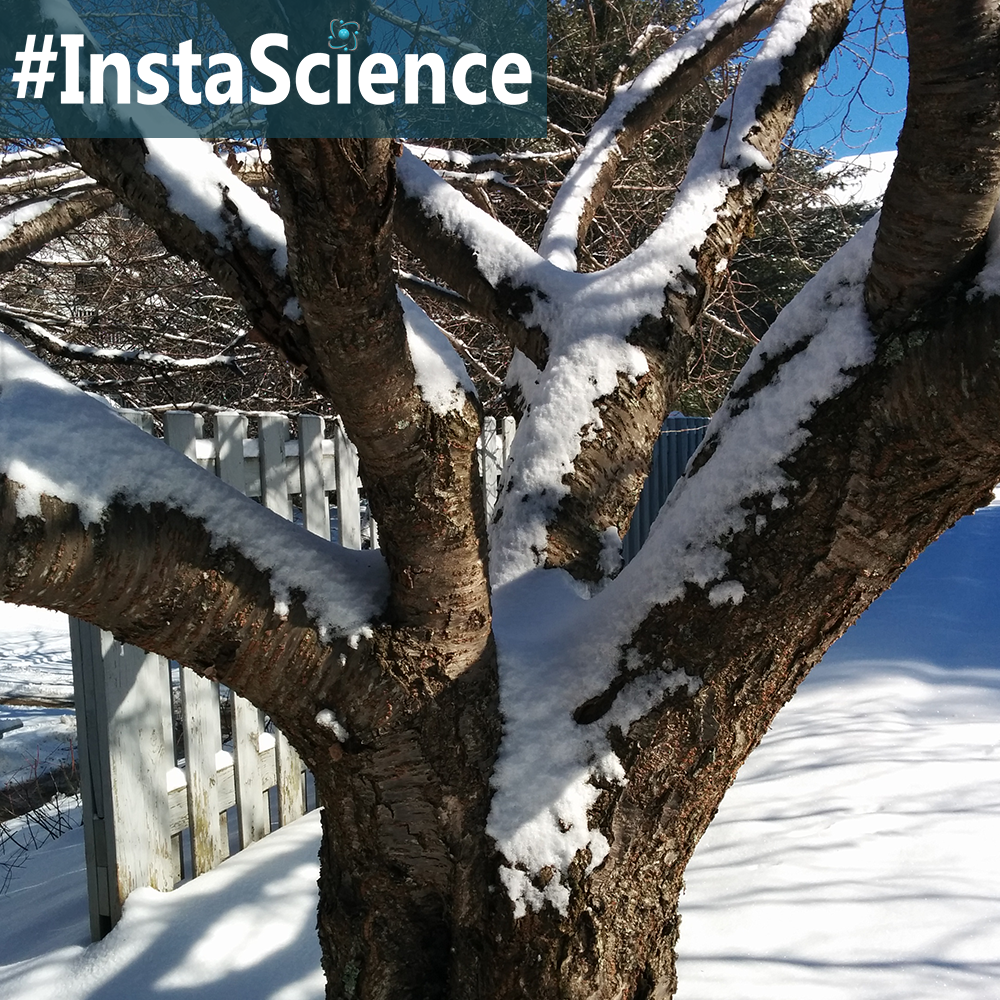
Snow forms by a process of deposition, which means that water vapor in the high in the atmosphere changes directly into ice without becoming a liquid first. The temperature must be below freezing (32oF) for this to occur. If snow meets any warm air as it falls to the ground, it can be turned into rain, sleet or freezing rain.
Snowflakes come in many shapes and sizes, but each one is six-sided. They form from as many as two hundred ice crystals, which come together in a lattice structure around a tiny piece of dust or dirt.
Fun Fact – Snow is white because the crystalline structure reflects all light, making it appear white to our eyes.
Teaching Science at Home
Want to learn more about snow? Check out the following articles:
- Why are snowflakes different? from Highlights
- What makes it snow? {Video}
Related Homeschool Science Activities
Keep the learning going with these science activities!
- Indoor Snow – You will need a box of cornstarch and a can of shaving cream. Have the students mix equal parts of cornstarch and shaving cream to create snow. Let them play to their hearts’ content!
- Snow Science Activities – Have the students choose one or more of the activities from the post.
 Sign up below to receive weekly tips & tools for homeschool science and we'll send you a FREE copy of
Sign up below to receive weekly tips & tools for homeschool science and we'll send you a FREE copy of